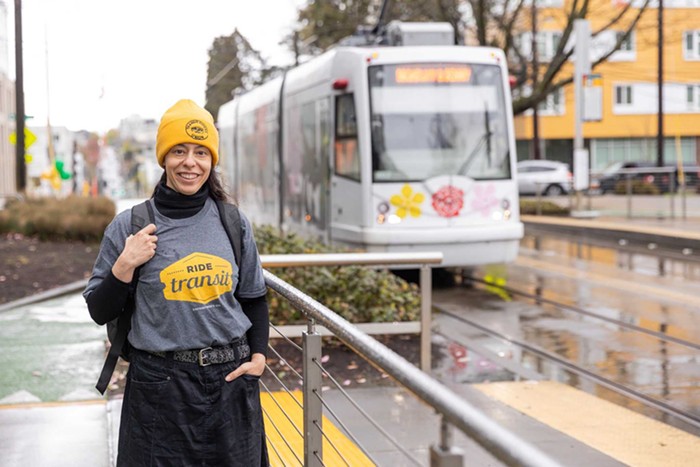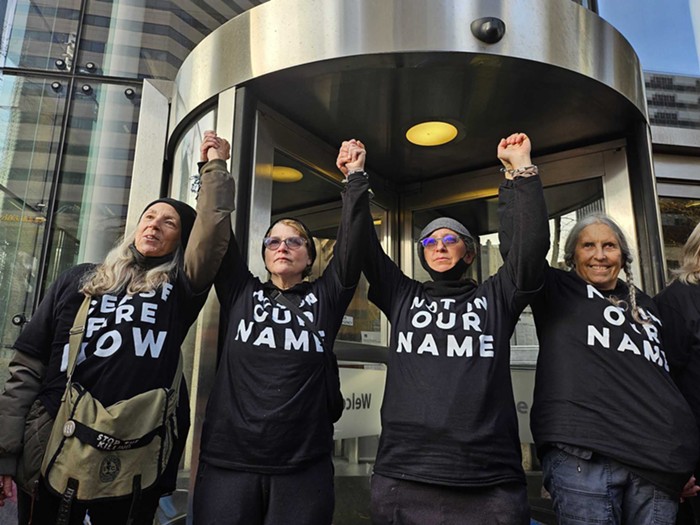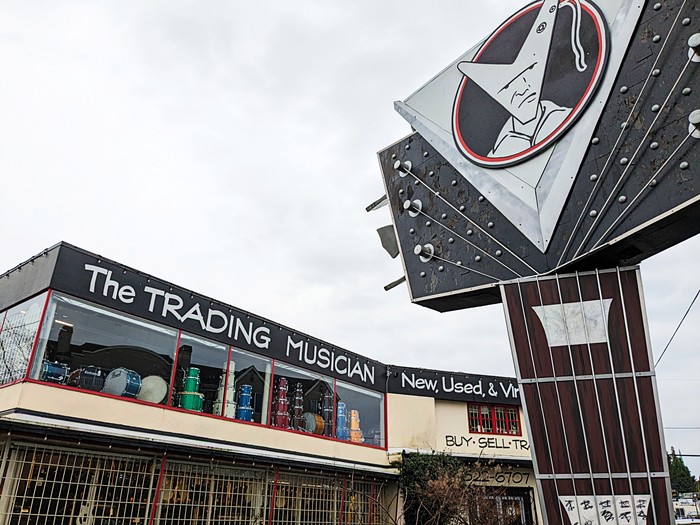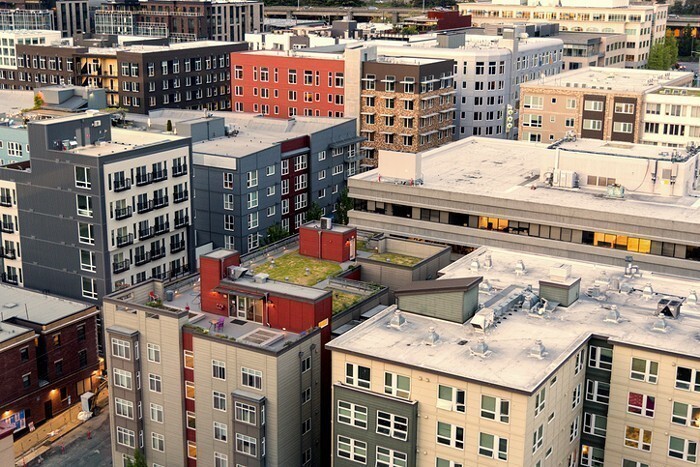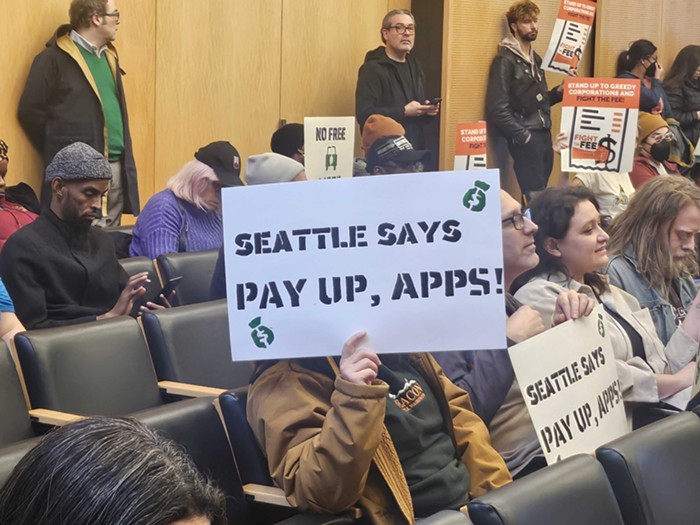Sound Transit's board has just over two weeks to decide whether it wants to move forward with an $8 billion, 15-year plan to extend light rail to Lynnwood, Federal Way, and Bellevue this November. The plan, still in the works, is a volley to board members from Pierce and Snohomish Counties, who were unhappy with an earlier 12-year plan that included less light rail and are still debating whether to support it.
Which made last week a particularly inopportune time for a 9,000-word series decrying light rail, written by a former Sound Transit board member, to hit the web.
In a three-part series for the news site Crosscut, former state transportation secretary Doug MacDonald argued that the plan Sound Transit is currently considering won't serve people in the places where growth is already happening—places like Issaquah, Sammamish, and Renton—and won't increase transit use enough to make it worth the price tag. MacDonald's solution: more buses, more frequently, to more places.
The pieces prompted a rather overwrought bit of damage control by Sound Transit, which mistakenly issued, then withdrew, a response replete with phrases like "That's naive," and "Hello?" The agency issued a calmed-down version on July 2.
Not that there isn't plenty in MacDonald's argument to criticize, starting with the utterly unsupported claim that people will love riding the bus if we just make them nicer. As the Seattle streetcar has demonstrated, what you're riding matters—not just whether, as some have derisively claimed, the train or bus or streetcar is "cute," but whether you know where it's going, whether you're sure it'll get there on time, and whether you'll be surrounded by people for whom transit is a rolling homeless shelter. Rail offers certainty—and certainty means people use it as transit, not a convenient place to sleep or shoot up.
MacDonald also claims that dense developments will spring up around bus stops the same way they do at rail stations. At the same time, he argues that light rail won't promote new density in places like Bellevue. A look at any U.S. city with buses and light rail proves both claims false. Why? Because rail, again, offers certainty. You can't just move the light-rail stop the way you can a bus shelter. Permanency leads to development, which leads to people taking light rail, and so on. Land use decisions don't occur in a vacuum. Just because transit use is growing between Tacoma and Spanaway now, doesn't mean it won't grow between Bellevue and Redmond if we put rail there.
But this is the biggest flaw in MacDonald's argument: Bus rapid transit—truly rapid transit—is only possible in places where elected officials have the balls to close down street lanes to car traffic. Which doesn't sound very much like Seattle. ![]()
